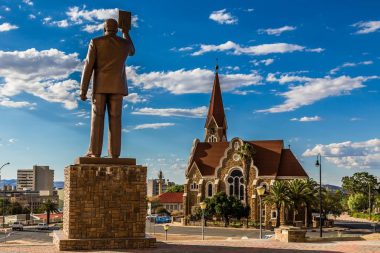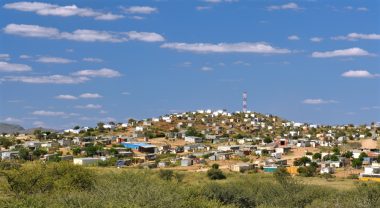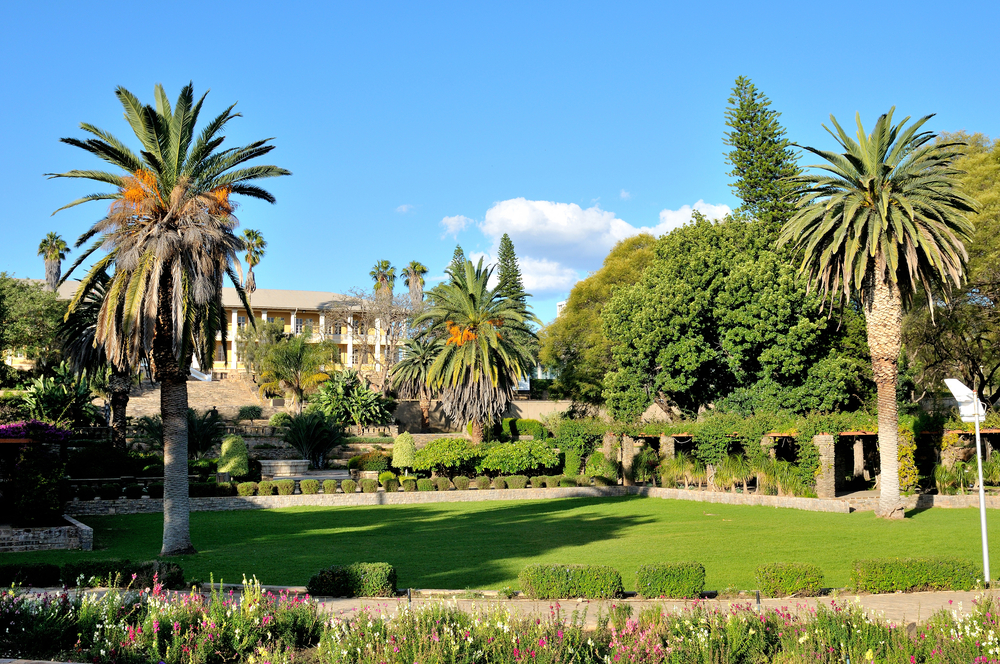Windhoek is extremely diverse and rather atypical for a city in Africa. This is precisely what makes this destination so attractive and interesting for all those who are tempted by wanderlust. The city is located in the center of Namibia and is also the capital of the country. Those who go on vacation in the African country usually start from here and want to see the Big 5. The Kalahari Desert and the desert magic of the Namib are also on the travel agenda. With the anticipation of all this, enough time should be planned for a trip to Namibia but also for its capital. With us you will find out what sights you should not miss there. Start your holiday without jet lag One of the advantages of Namibia is the time zone, because there is a maximum time difference of one hour. So the holiday begins without energy-sapping jet lag. However, the matter is handled differently over time here, so you should always ask for the right time at the accommodation, otherwise there may be problems with table reservations in the restaurant, for example. About 320,000 people live in Windhoek and the name of the capital means something like “windy corner”. Since the country is located in the southern hemisphere, it is hottest from December to February, perfect for an escape from the gray, cold German winter. If you want it a little more moderate, you can book your trip for spring, summer or autumn. Then it is pleasantly warm, not hot and there are a lot of animals to see in the national parks.
A touch of Europe in Africa

German legacy – the Ink Palace
In 1913, the Ink Palace was built, where the parliament now meets. The colonial-style building is already an eye-catcher, but it is surpassed by the beautiful surrounding gardens. These parks act as a green oasis in the city, which also contribute a lot to air quality. Here you can take a wonderful walk or relax under a shady spot. Namibia’s German past is also remembered by the Alte Feste, a castle from the German colonial era. It is the oldest building in the city and now houses the National Museum. In the courtyard there is an equestrian monument, which was only inaugurated in 2010, but is still the most famous exhibit. In the museum itself, you can discover a lot of interesting information about the history and culture of the country.
Katatura – The real African life off Windhoek

Gym Conference and Contemporary Art
The gymnasium in which the legendary gymnasium conference took place at the time is also a reminder of the country’s political past. It established the country’s independence on 1 September 1975. Today it houses the tribunal of the Southern African Development Community. If you are interested in contemporary art, you should pay a visit to the National Art Gallery of Namibia. It is also the only institution for contemporary art in the whole of Namibia. The works of young Namibian, but also South African and even European artists can be found in the exhibition rooms. Special exhibitions give lesser-known artists the opportunity to present their works to a large public.


